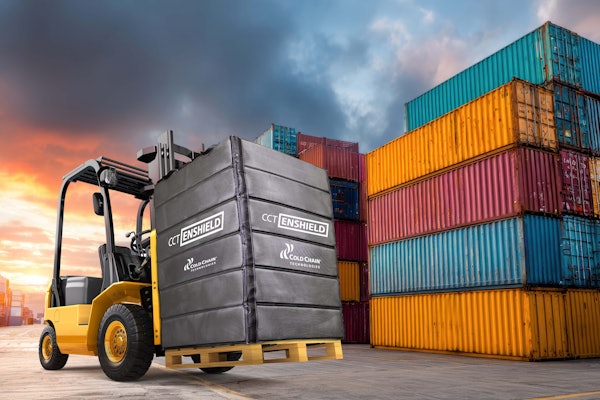
The National Association of Chain Drug stores has found that for every 100 prescriptions written, only 25 to 30 are taken as prescribed. Poor medication adherence increases the likelihood of preventable disease progression, increases unnecessary hospitalizations, avoidable doctor and emergency department visits. It is estimated costs run up to $300 billion a year because of patient non-adherence.
According to the World Health Organization, one of the factors that contributes to poor adherence is a lack of knowledge, as patients often misunderstand treatment instructions. Pharmaceutical packaging therefore plays an important role, given the information it provides can help patients abide by the proper dosing schedule.
The following were identified as areas where manufacturers can build patient adherence-increasing features into their packaging:
• Containment: Packaging is a means of containing and delivering a product to a user.Product packaging should allow the intended user to easily open, access and re-pack the medicines, ensuring that the product and related information stay together. This allows the patient to be confident they have all the materials required to support proper usage of the medication, even over long periods of time.
• Communication: Packaging also has a critical role to play in communicating all information needed for patients to take their medicines correctly. To make a complicated medication as easy to follow as possible, pharmaceuticals need to provide detailed literature that caters to multiple audiences. This includes the availability of text in multiple languages, easy-to-read font faces and sizes, and if appropriate, colors can be used to call out and draw attention to the most important parts.
Infographics and graphs are often used to aid understanding and reassuring patients, delivering information in an easily digestible format. Images are important for those who are illiterate; according to the UNESCO Institute of Statistics, in 2013 the global illiteracy rate was 15.9%, or approximately one in six people. Braille can also be used to support patients that are partially or fully blind to take medications in line with guidance.
If there is not sufficient space on the carton or bottle to supply the volume of information required, manufacturers can employ features such as booklet labels or booklet leaflets, allowing customers to more easily navigate supplementary material.
• Transportation: Packaging also helps protect the product during transportation, ensuring medicines can be efficiently and safely delivered from manufacturer through the supply chain. Many factors, such as shape and structure, can help when packing large quantities of product to be shipped. On a more sophisticated level, intricate structural elements can be installed. When transporting fragile medical instruments such as vials, packaging may need to include “crumple zones” that are shaped to the contents’ form, ensuring that they are protected when in transit.
Protection also needs to extend to the full journey of the medicine. Even when the drugs have been successfully delivered to the patient, consumers must be able to store the product safely at home. Manufacturers can use thermochromic inks that are activated by high or low temperatures to help patients monitor their storage conditions.
Although these design areas may not completely solve the issue of patient nonadherence, employing these practices could play a role in educating consumers on the importance of taking their medicine as prescribed. To achieve the awareness, behavior and resources necessary to improve patient medication adherence, an ongoing effort from manufactures and industry professionals is required to develop a successful product.





















